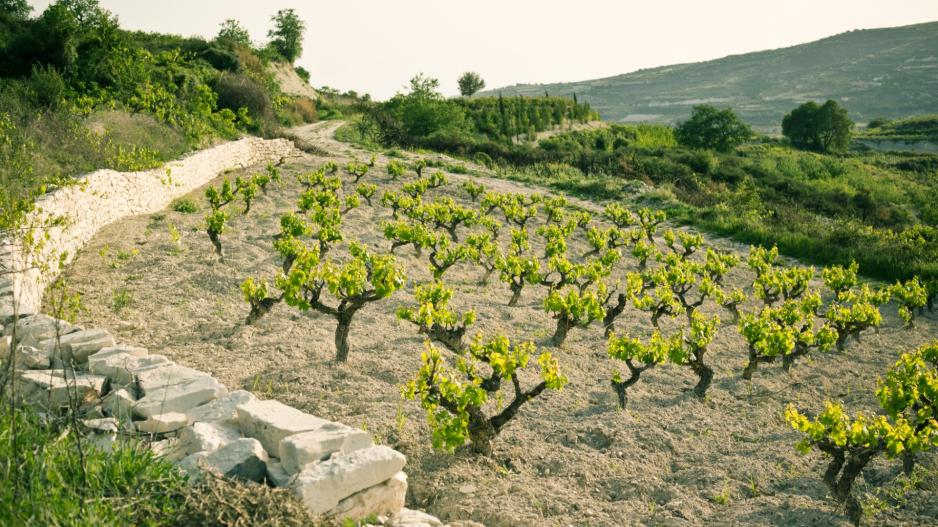Cyprus Produces 9.7 Million Litres of Wine Annually but Exports Only a Small Fraction
Parliamentary Committee Investigates Challenges Facing Cypriot Wine Production and Supply
Cyprus produces an average of 9.7 million litres of wine annually, but only a small fraction is exported. This issue will be discussed today (April 23) in the Parliamentary Committee on Commerce, as they explore factors affecting the production and distribution of Cypriot wine over time.
Speaking to Brief, the Head of Viticulture and Oenology at the Department of Agriculture, Georgios Neophytou, stated that Cyprus has around 80 wineries producing approximately 9.7 million litres of wine annually, with the vast majority being consumed domestically. He estimates that exports do not exceed 500,000 litres per year.
According to Neophytou, the largest vineyard areas in Cyprus are in Lemesos (45%) and Paphos (43%), followed by Nicosia with 11% and Larnaca with just 1%.
Based on official records, Cyprus has about 70,000 decares of vineyards, with 70% of these areas dedicated to just three grape varieties: Xynisteri, Mavro, and Sultanina.
It’s worth mentioning that not all grape varieties are exclusively for winemaking; a portion is also used for sale. Of the 28,000 decares cultivated with the Mavro variety, most are used to produce zivania, yielding around 700,000 litres annually.

Cyprus cultivates 40 wine-producing grape varieties, with the most popular being Xynisteri, Mavro, and Sultanina. There are also nine native varieties, including Xynisteri, Mavro, Spourtiko, Vasilissa, Maratheftiko, Giannoudi, Morokanella, Kanella, and Ofthalmo.
It should be noted that Commandaria is made either from Xynisteri, Mavro, or a combination of both varieties.
Wine consumption in Cyprus is estimated at around 16 million litres annually, with approximately 56% coming from Cypriot wines, 41% from other EU countries, and 3% from non-EU imports.






